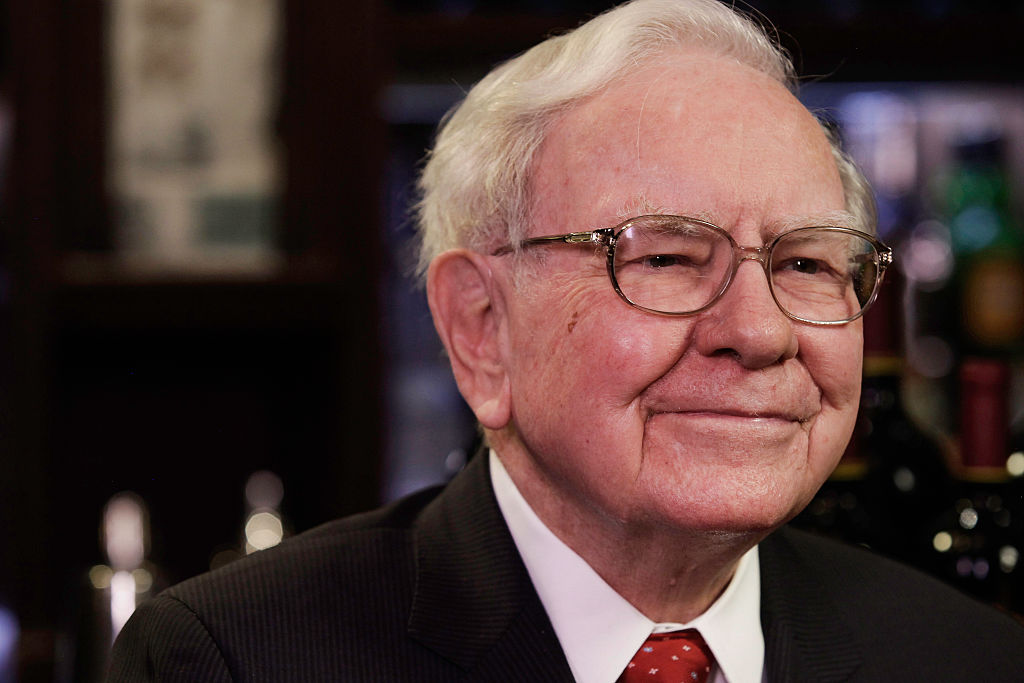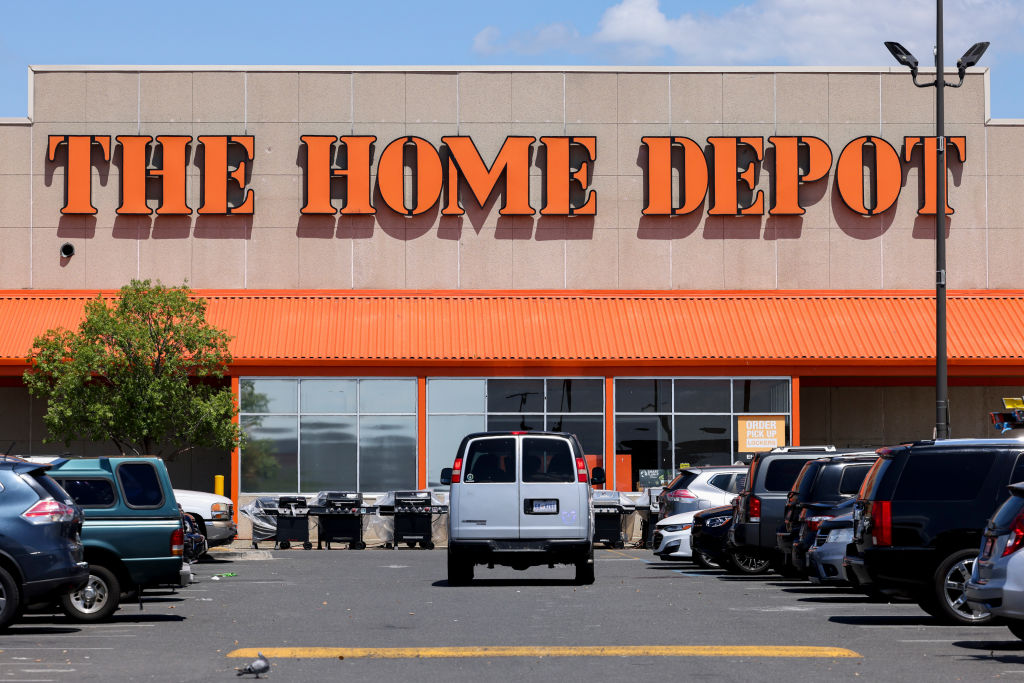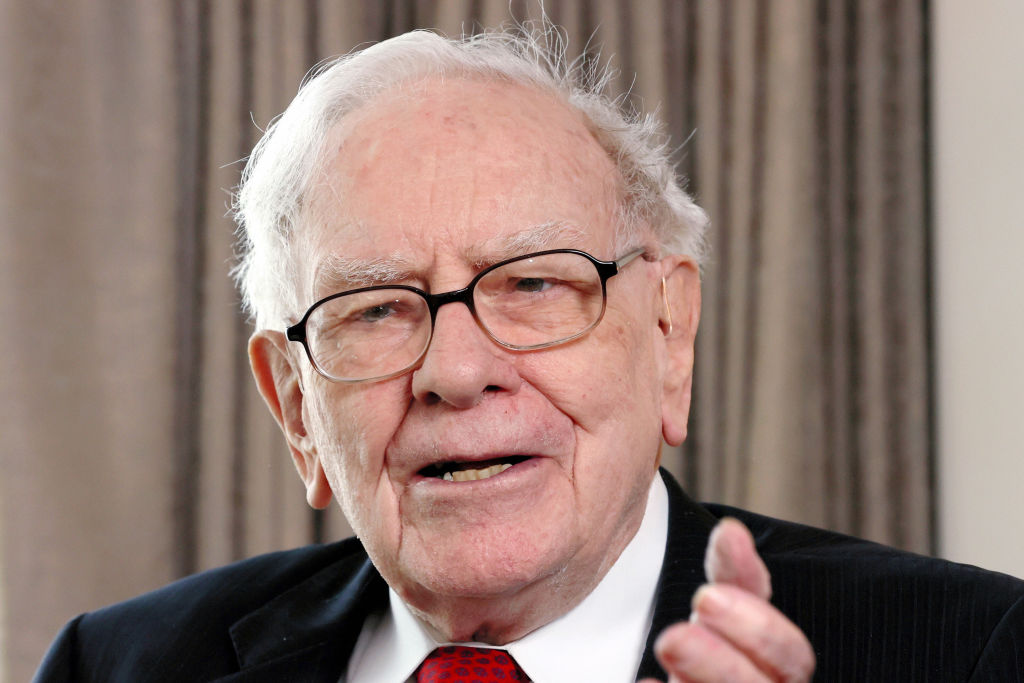How Investing Is Like Cooking
Like a good recipe, a good portfolio is all about what you put in it. And our columnist, Kathy Kristof, is putting her money where her mouth is.

Many people are as absorbed in investing as they are in a game of football. They monitor their stocks daily or hourly, master exotic options strategies and attempt to outsmart all the smart traders who are attempting to outsmart one another. Then they trade stocks the way they trade players on their fantasy teams.
Not me. I learned to invest for the same reason I learned to cook: I like to eat.
In this era of do-it-yourself retirement plans, I figured that knowing how to make my money work for me would mean that I could eat well—and regularly—in a safe and comfortable environment before and after I quit the workaday world. My goal was not to become rich, but to be calm and comfortable. It was not to retire, but to be free.
From just $107.88 $24.99 for Kiplinger Personal Finance
Become a smarter, better informed investor. Subscribe from just $107.88 $24.99, plus get up to 4 Special Issues

Sign up for Kiplinger’s Free Newsletters
Profit and prosper with the best of expert advice on investing, taxes, retirement, personal finance and more - straight to your e-mail.
Profit and prosper with the best of expert advice - straight to your e-mail.
As a result, I invest much like I make a meal—simply and in the least amount of time possible. I buy high-quality products (preferably on sale) and don’t tinker much. As one wise food blogger said recently, “The best Italian cooks use fresh ingredients and get out of their way.” And that, basically, is my formula for investing: Buy quality companies and mutual funds and keep them until they spoil.
The strategy has its fans. My book, Investing 101, remains a strong seller 11 years after it was first published and has been translated into Chinese and German. Besides, my approach is really just a personalized version of the formula embraced by far wiser investors, such as Warren Buffett and his mentor, the late Benjamin Graham.
Kathy's Practical Investing Project
Of course, you don’t have to be a cynic to ask the obvious question: What’s your record? That, I’m afraid to say, is something I can’t answer. I have noted the rise in my accounts over the past decade, but I haven’t paid close enough attention to know how much of that growth is a result of my gains and how much is the money I’ve added over the years. I have three times more in invested assets than I did in 2002. Even with regular contributions to my accounts, I think that suggests strong performance. But I haven’t done the exhaustive research necessary to figure out the annual average. And even if I did have the numbers, you’d have to take my word for it.
But now that I’m writing about stocks (among other things) for Kiplinger’s, I think accountability is important. So I made a pitch to editor Janet Bodnar: I would take $200,000 of my own money and divide it into two equal pieces—half would go into Vanguard Total Stock Market Index Fund (symbol VTSAX), and the other half would go into individual stocks that I select. It’s essentially a demonstration project aimed at answering the question: Can a wise but moderately lethargic investor beat—or at least equal—the stock market? Each month, we’ll compare the results of the two portfolios with real numbers that reflect trading costs and taxes, describe my mistakes and my coups, and divulge new additions to and subtractions from the portfolios. (I plan to focus on U.S. firms, but I may occasionally invest in foreign stocks.)
Although I’ll be recommending stocks, this column will be as much about the process of what makes an investment worth buying, as well as the dozens of other practical questions that arise when you invest. For instance, how can you save on trading costs? When should you sell? What are the tax implications of both selling and holding stocks that pay dividends?
Along the way, we’ll talk about other issues important to the practical investor, such as how much you ought to have in an emergency fund—a question I’ve answered differently at various stages in my life. And how should you divvy up assets among different investment classes—not to mention wise moves to make when the market is being pummeled on a seemingly daily basis (sound familiar?). If you have other topics you’d like me to address, shoot me a note at practicalinvesting@kiplinger.com. I hope you enjoy the column.
Profit and prosper with the best of Kiplinger's advice on investing, taxes, retirement, personal finance and much more. Delivered daily. Enter your email in the box and click Sign Me Up.

-
 Dow, S&P 500 Rise to New Closing Highs: Stock Market Today
Dow, S&P 500 Rise to New Closing Highs: Stock Market TodayWill President Donald Trump match his Monroe Doctrine gambit with a new Marshall Plan for Venezuela?
-
 States That Tax Social Security Benefits in 2026
States That Tax Social Security Benefits in 2026Retirement Tax Not all retirees who live in states that tax Social Security benefits have to pay state income taxes. Will your benefits be taxed?
-
 QUIZ: What Type Of Retirement Spender Are You?
QUIZ: What Type Of Retirement Spender Are You?Quiz What is your retirement spending style? Find out with this quick quiz.
-
 If You'd Put $1,000 Into Lowe's Stock 20 Years Ago, Here's What You'd Have Today
If You'd Put $1,000 Into Lowe's Stock 20 Years Ago, Here's What You'd Have TodayLowe's stock has delivered disappointing returns recently, but it's been a great holding for truly patient investors.
-
 Best Mutual Funds to Invest In for 2026
Best Mutual Funds to Invest In for 2026The best mutual funds will capitalize on new trends expected to emerge in the new year, all while offering low costs and solid management.
-
 If You'd Put $1,000 Into 3M Stock 20 Years Ago, Here's What You'd Have Today
If You'd Put $1,000 Into 3M Stock 20 Years Ago, Here's What You'd Have TodayMMM stock has been a pit of despair for truly long-term shareholders.
-
 If You'd Put $1,000 Into Coca-Cola Stock 20 Years Ago, Here's What You'd Have Today
If You'd Put $1,000 Into Coca-Cola Stock 20 Years Ago, Here's What You'd Have TodayEven with its reliable dividend growth and generous stock buybacks, Coca-Cola has underperformed the broad market in the long term.
-
 If You Put $1,000 into Qualcomm Stock 20 Years Ago, Here's What You Would Have Today
If You Put $1,000 into Qualcomm Stock 20 Years Ago, Here's What You Would Have TodayQualcomm stock has been a big disappointment for truly long-term investors.
-
 What Made Warren Buffett's Career So Remarkable
What Made Warren Buffett's Career So RemarkableWhat made the ‘Oracle of Omaha’ great, and who could be next as king or queen of investing?
-
 If You'd Put $1,000 Into Home Depot Stock 20 Years Ago, Here's What You'd Have Today
If You'd Put $1,000 Into Home Depot Stock 20 Years Ago, Here's What You'd Have TodayHome Depot stock has been a buy-and-hold banger for truly long-term investors.
-
 With Buffett Retiring, Should You Invest in a Berkshire Copycat?
With Buffett Retiring, Should You Invest in a Berkshire Copycat?Warren Buffett will step down at the end of this year. Should you explore one of a handful of Berkshire Hathaway clones or copycat funds?